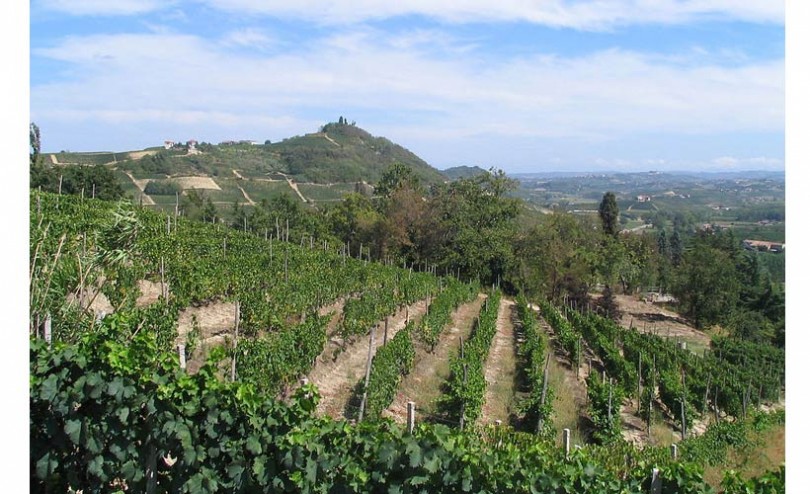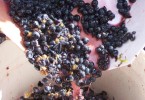Martinotti-Charmat Method: two names, a single patent
Martinotti and Charmat two technicians
When Federico Martinotti become the director of Istituto Sperimentale per l’Enologia di Asti in 1901, updated the laboratories with new machineries. The experiments and the observations were dedicated to the grape variety Moscato, thus Martinotti and his collegues concluded that the wine is stabilized when the nitrogen decreas because of the continuous filtrations. After many tests, he invented the system to create bubbles through the second fermentation in container closed hermetically with a controlled temperature. The system was reproduced at an industrial scale and patented with the name of Martinotti-Charmat.
Process of second fermentation in autoclave
The method Martinotti-Charmat or simply Charmat starts from the preparation of base wine. The most suitable grapes have to come from aromatic vine varieties, as for instance Moscato, Glera and Malvasia for the white berry vines, or Brachetto for the red berry vines.
The harvest of this grapes happen usually before the others, in this way the grapes will have the ideal acidity and freshness. These characteristics are essential to obtain fresh and fruity Spumante wines.
The wine, before the resting in the autoclave has to be clarified and filtered, and then it is necessary to add sugar and yeast to activate the second fermentation. The wine rests in autoclave for around 15-20 days. Autoclave is made of inox steel able to resist to the pressure of 7-8 atm. After the period of the so called “presa di spuma” (in English, Foam creation), the wine is poured through isobaric pouring in another autoclave. The centrifuge and the filtering, in fact, has to take place in conditions of overpressure to not consume the carbon dioxide. Now, the refrigeration takes place, to allow the reduction of the tartaric acid and obtain the right clearness.
Spumante is ready to be bottled, always in isobaric conditions. Use stoppers made of cork or plastic.
Asti spumante, great example of Charmat Method
Asti DOCG is a great example of Italian Spumante produced with Charmat Method. The grapes coming from the grape variety moscato are collected with care paying attention to not ruin the fruit. The use of boxes is one of the tricks used to preserve the quality of the aromas. This spumante is mainly fruity, considered the main character of the parties and the best pairing is the dessert, to enhance its extraordinary qualities.
Spumante wines with Martinotti-Charmat method, based on the sugary degree
Through the method Martinetti-Charmat it is possible to obtain Spumante wines with different sugary degree. Everything depends on the technology, in fact the sugary degree can be regulated controlling the pressure. It is stopped with the decreasing of the temperature till the desired degree. In the label, the sugary residue is written in compliance with the law with the following classification:
– Brut < 10 g/l;
– Extra-dry between 12-17 g/l;
– Dry between 17-30 g/l;
– Sweet > 50 g/l.
Charmat method and Traditional method: the differences
The base wine is mixed with yeasts, sugar and mineral salts necessary for the secondary fermentation. The wine, in this case, is not placed in autoclaves but in bottles pretty thick to face the pressure during the foam creation. The procedures can lasts years, thus the product won’t have a quick consumption as for the wines produced through the Charmat method.
Spumante wines obtained in this way will be less fruity. The aromas will remind the bread crust thanks to the yeasts. The bubbles will be fine and elegant.
Imagine source: wikimedia.org







